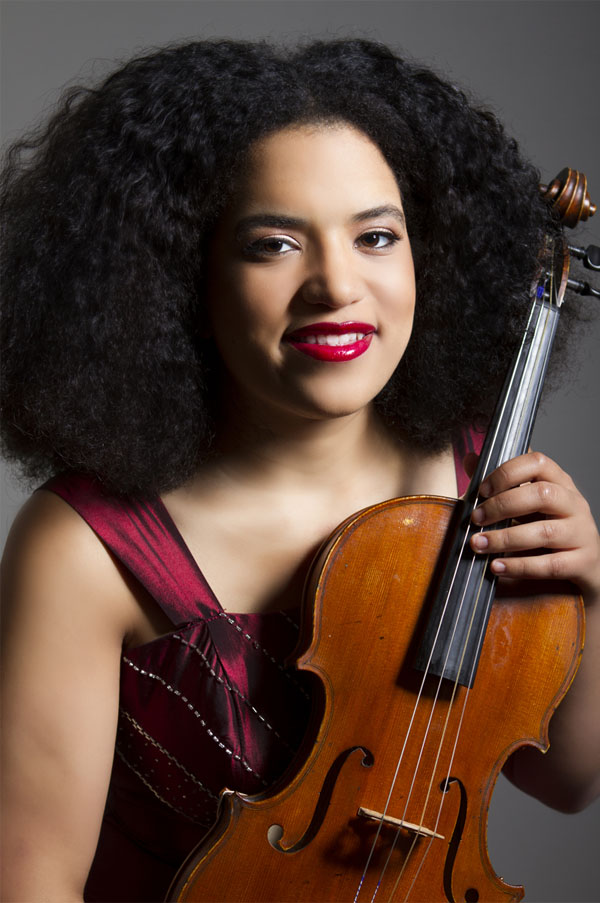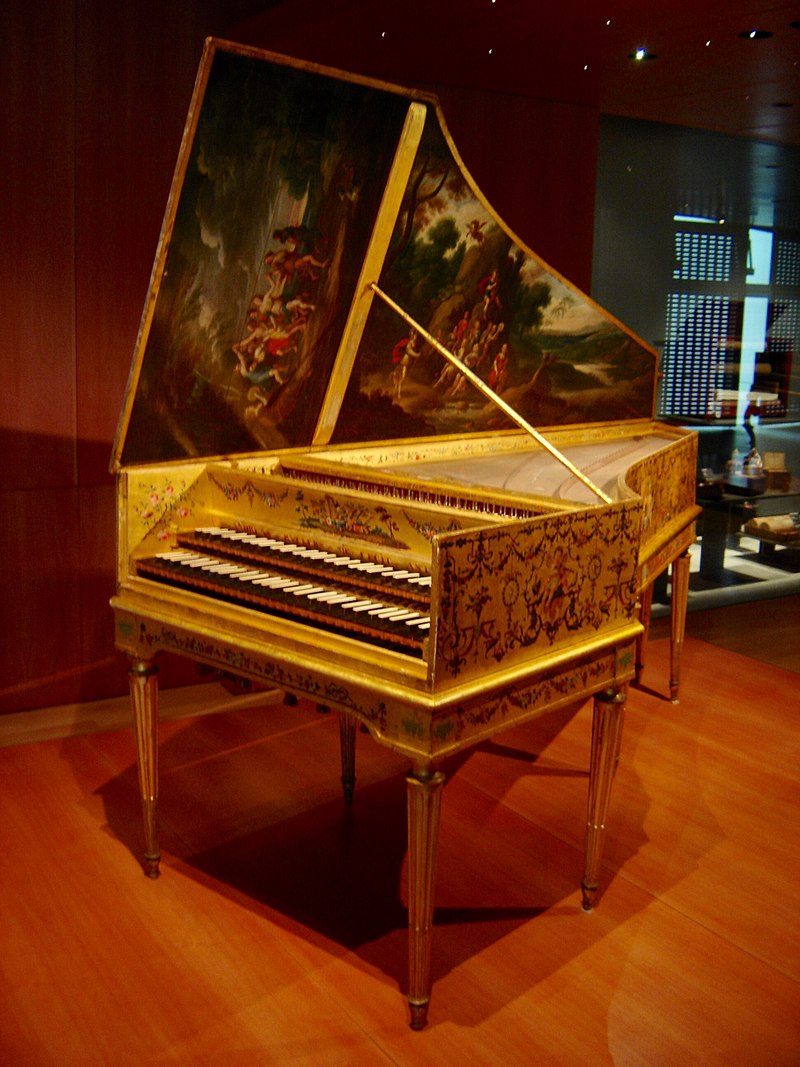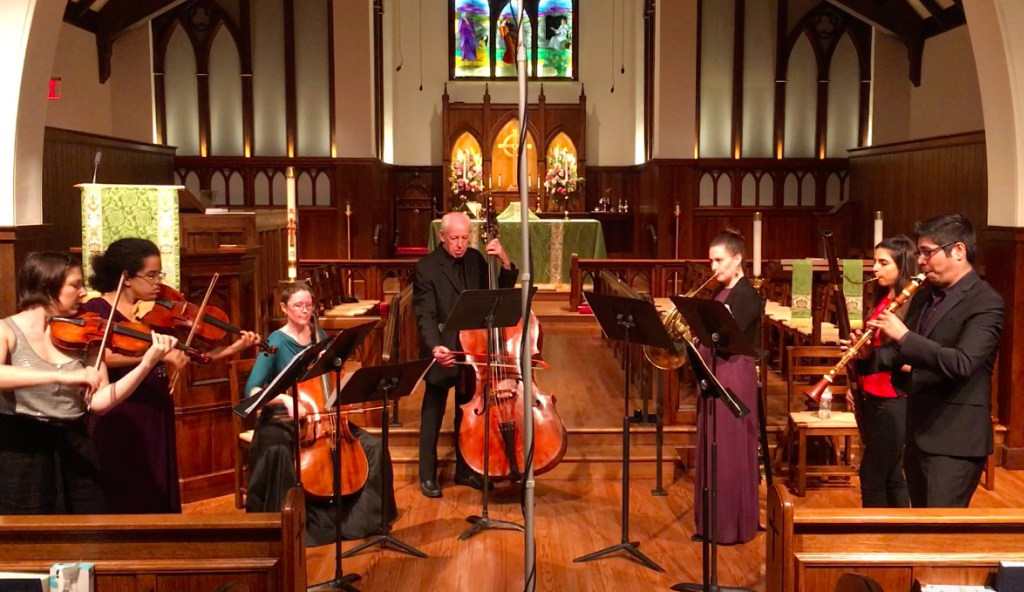
Baroque and filled with hope: La Speranza brings HIPP tunes to local communities

La Speranza is a nonprofit Houston ensemble that performs historically informed baroque, classical and romantic music to community centers and hospital patients. La Speranza, meaning “hope” in Italian, has a mission to, “seek to illuminate and explore the link between music and wellness through performances and outreach.”
Founded by Yvonne Smith in 2016, La Speranza is made up of musicians currently teaching and performing around the world; six of which are based in the Houston and Galveston area. Through the concert season ticket sales, grants and private donations they are able to provide select free performances to communities.
In 2018, music is an on-demand service often heard everywhere, from grocery stores to doctor waiting rooms. Fran Koiner, La Speranza cellist, said there are benefits live chamber music has even today where portable recorded devices are so common.
“In a live performance, you get to hear the music directly from the musicians and instruments, without the extra filter,” Koiner said. “This much more human experience gives us more than just sound…especially in an intimate setting, you get a visual and emotional experience, too. The performers and the audience are collaborators in the experience.”
Smith also believes that there is something to be gained from listening to listening to music live.
“Music is amazing in that listening to it is both communal and individual,” Smith said. “Experiencing the community of the live concert hall enhances our individual experience of the music.”
Historically informed
These historically informed performance practices (HIPP) are chamber music selections from the 1600s to 1800s. During this time concerts were compromised of small ensembles and reserved for the elites of Europe through a patronage system.

Smith said “historically informed” refers to the performances being as similar as possible to the way it would have been performed in the past. The instruments used are as stated on the original work, meaning you won’t find some parts transposed for instruments and models developed after the late 1800s.
La Speranza musicians play their instruments in such a way that performers in the past would have played it. Meaning, no shoulder rests for violins, no endpins for cellists and even the strings are made with gut, not metal. La Speranza’s brass and woodwind musicians use replicas of the instrument models played in 18th and 19th-century chamber repertoire.
The instruments are also tuned to the historically accurate frequency of A415 or A430 rather than the common A440 used in most performances today.
Wellness through music
Research has shown that listening to music benefits humans physically, mentally and emotionally. Music therapy is a career in its own right, but questions of why and how music is able to heal have brought together professionals from fields such as animal cognition, psycholinguistics, computational musicology, developmental psychology among others.
“Research has shown that music from the Baroque period specifically is helpful for those recovering from brain injuries because of tempos that are relatable to our heartbeats and the mellower sound,” Smith said.
As a middle schooler, Smith performed her viola to hospitalized children and their families through a local youth orchestra. Deeply impacted by this experience, she incorporated this practice into La Speranza, as the “Sonorous Sojourns” program.
As of summer 2018, La Speranza’s “Sonorous Sojourns” has reached over 80 people between the patients’ and waiting rooms at Memorial Hermann Memorial City Medical Center. The monthly program is being expanded to string trios playing calming and uplifting music to those who have loved ones in surgery. Smith’s long-term goals for the “Sonorous Sojourn” is to widen the reach by performing to more hospitals and a local prison.
In addition to these outreach performances, Smith plans to start a lecture series on topics like music therapy and HIPP. Her goal is to bring in experts and researchers from around the country to lead these conversations.
“Beethoven: Septet, Op. 20 in E flat major — V. Scherzo.” was performed June 2 at Mark’s Episcopal Church, Houston. Musicians: Thomas Carroll, clarinet; Sadie Glass, natural horn; Georgeanne Banker, bassoon; Joanna Becker, violin; Yvonne Smith, viola; Fran Koiner, cello; Paul Ellison, double bass. Audio courtesy of La Speranza.

Early Promise
Each of La Speranza’s concert seasons is themed to some aspect of how people connect with each other and the world around them.
On July 9 across their social media, they announced the 2018-2019 season as “Early Promise.”
Smith said, “behind every successful composer or career or relationship, there is hard work, sacrifice, and glimmers of promise and hope.”
Each concert this season has at least one musical work that was made in the early years of a composer’s life that inspired others to write similar pieces, some of which led to greater recognition of the composer. The Oct. 12 concert will feature Johann Christian Bach’s “Piano Quartet in G Major,” which inspired Mozart’s later piano quartets.
La Speranza’s second season and third year will kick off Oct. 12 at 7:20 p.m. at First Evangelical Lutheran Church. With student ID, tickets are $15 or $45 for the season. Non-student tickets are $25 or $90 for the season. Those interested in participating are able to volunteer or give a tax-deductible donation.
For further reading:
Waking the Spirit: A Musician’s Journey Healing Body, Mind, and Soul (recommended by Yvonne Smith)
“Explained” episode 20: “Music”
“Music moves brain to pay attention, organize events” by Mitzi Baker
“How playing an instrument benefits your brain” by Anita Collins
